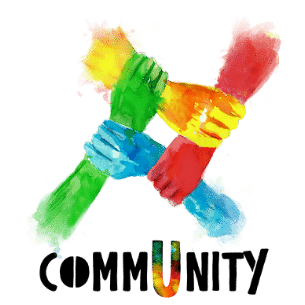Vignette Writing
Purpose of the activity: gathering views and thoughts of the participants in a less threatening and impersonal way.
Vignette is a story format that has been used in teaching, modelling, and assessment for several years together with other story formats such as case studies, case stories, and scenarios. It is defined in academic research as follows:
“incomplete short stories that are written to reflect real-life situations in a less complex way in order to encourage discussions and potential solutions to problems where multiple solutions are possible” (Jeffries & Maeder, 2004).
Vignette writing is one of the story writing methods that is increasingly being used as a training tool. It allows participants to discuss a real-life issue around a story they create. Since the context and the characters are not real, it enables impersonal debating of an issue.
Writing a good vignette requires three steps: preparation, brainstorming, and writing. During the preparation phase, you can reflect the purpose of your vignette, what object it should address, or which mood, setting, character, moment, or tone it should convey. Although a vignette is typically not longer than 800-1000 words, there are much shorter ones, and usually consists of only one or two short scenes, you have a lot of freedom to choose which perspective you will use, what genre or style you will write on, its general structure and what tone you will use. The aim is to write a snapshot or atmosphere, not a story, so avoid any backstory, explanations or very explicit information. You can jot down some ideas during the brainstorming phase. Create a diagram, a list, a word cloud, word clusters, and encircle specific words and ideas to create the general idea, atmosphere, and mood of the vignette. There is no need to start writing in this phase; just play around with your initial ideas and see if anything else comes up. You collect all your ideas and write the vignette during the writing phase. Add sensory details (touch, smell, sounds, taste, sight) to make the vignette more descriptive. Remove unnecessary details and leave only what is urgent and important for the purpose of your particular vignette. Take your time, there is no rush!
This is a sample vignette from one of those staff training sessions.
“Most likely, Scylla was an unwanted and accidental child in difficult times for the former Yugoslavia. A busy mother’s career had neither the desire nor the strength to deal with this crumb. Due to the frequent absence of her mother in childhood, and to a lesser extent her father (she often calls her parents by name), she seeks substitution in other people, from whom she expects care, love, tenderness and understanding, and especially the opportunity to avoid being alone.”
Interested in writing your own vignette? Check out this how-to-vignette link 👉 https://www.wikihow.com/Write-a-Vignette
Interested in the potential of the role of vignettes in civil society projects or research of any social issue? Check out the chapter on vignettes in the CommUnity Project’s Methodological Guide 👉 https://www.thecommunityproject.eu/community-methodological-guide/
